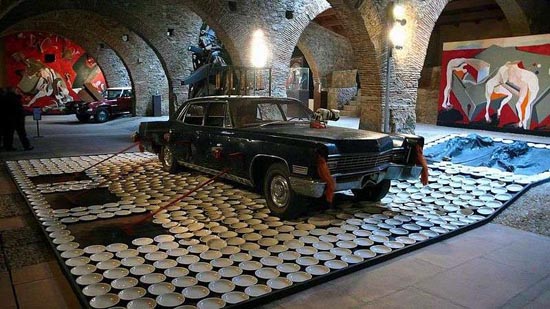Four Britons have been arrested by Spanish police in Bullas in the region of Murcia after post office staff noticed a suspicious aroma.
 |
| Photo via Flickr by Global Panorama / CC BY-SA 2.0 |
It turns out the four Brits had been cultivating cannabis in two greenhouses on the outskirts of the city and sending packages of their product to the U.K. and Ireland via the normal postal service. Staff in the Bullas post office called the police after they noticed that regular packages were being sent to the U.K. and Ireland, some of which gave off a strong aroma of marijuana. In each case the packages were sent with no return address, but with a sticker printed with a logo.
INFOMIX MURCIA :— SupermixRadioMurcia (@SupermixMurcia) November 18, 2016
Cae en Bullas una red que cultivaba y traficaba con cannabis a nivel internacional .https://t.co/Pb34NtnmfJ
In an operation dubbed "Magic", the Guardia Civil carried out surveillance at the post office and saw a British couple posting the packages. Officers then tracked the couple to a rural property on the outskirts of the town where they discovered two large greenhouses, used for the cultivation of the marijuana, along with drying machines and the equipment necessary to process the weed. Two more Britons were also arrested in the bust for their involvement in the cultivation and trafficking of marijuana, which was then sold on the Internet.
Marijuana is decriminalized in Spain and can be grown for personal use and smoked in the home with no problems. However, cultivating cannabis on a large scale and selling it is a crime and running a mail order service with the drug is a definite no-no.
Source: La Opinión de Murcia






